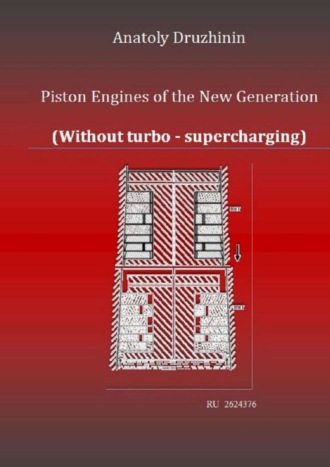Piston Engines of the New Generation (Without turbo – supercharging)

Полная версия
Piston Engines of the New Generation (Without turbo – supercharging)
Жанр: учебная и научная литератураестественные наукифизикаматематикапрочая образовательная литературазнания и навыки
Язык: Английский
Год издания: 2018
Добавлена:
Настройки чтения
Размер шрифта
Высота строк
Поля
Конец ознакомительного фрагмента
Купить и скачать всю книгу
